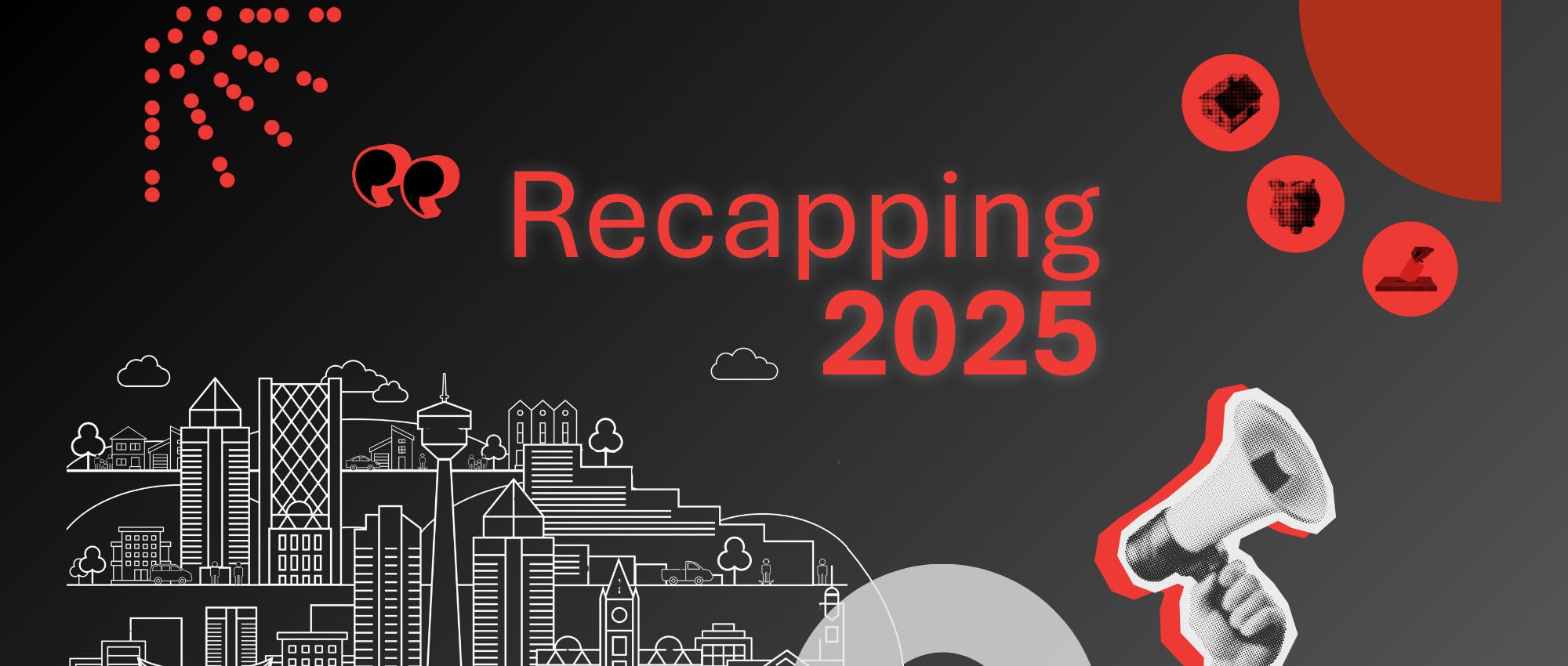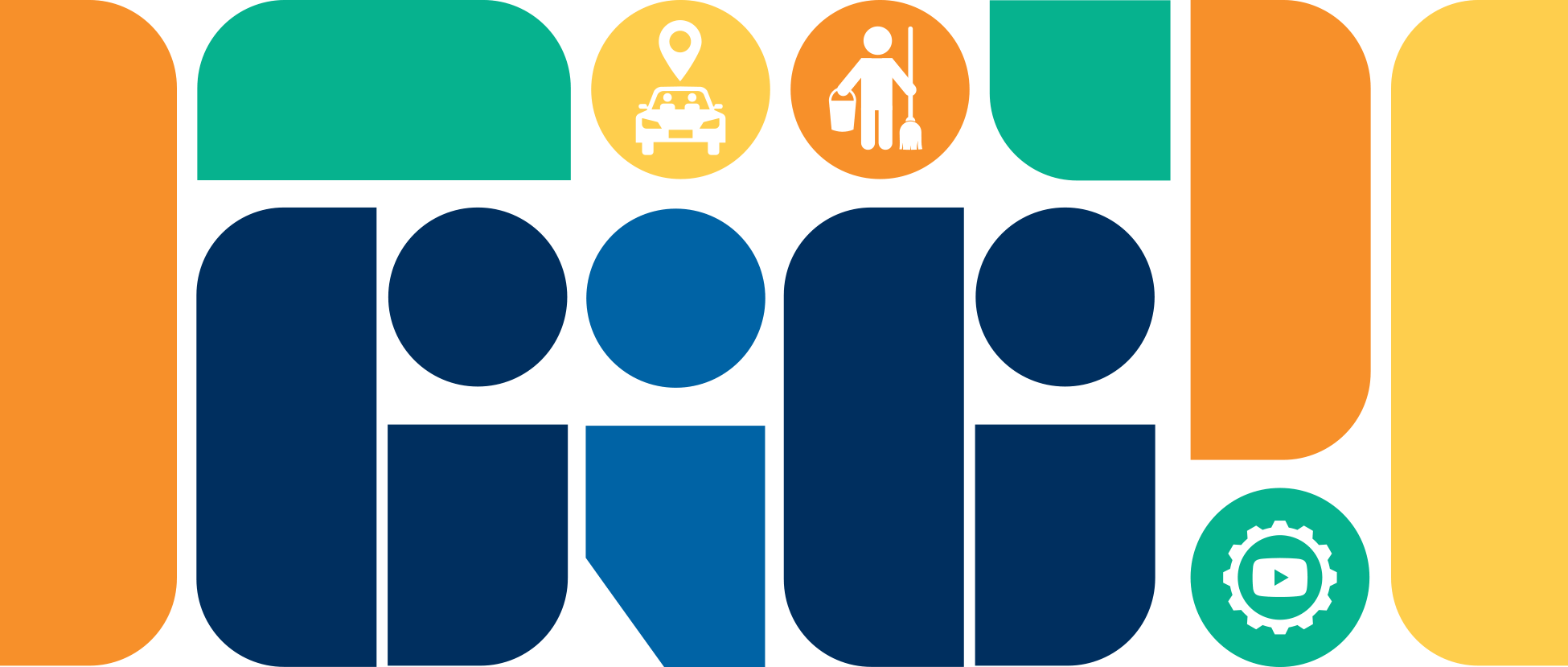A poverty line serves as a benchmark in identifying the income level required for a person or family to meet their basic needs like food, shelter, clothing, etc. However, interpretations of what this standard should be vary across experts. The federal government picked a method in 2019, establishing an official poverty measure, the Market Basket Measure (MBM).
Poverty measures are an essential tool for researchers studying poverty trends. However, using Canada’s poverty measure for setting income thresholds for low-income benefits has pitfalls. For instance, comparing after-tax income to the MBM is like comparing apples to oranges in that disposable income calculations need after-tax income, then further deductions for other "non-discretionary" expenses, including Canada Pension Plan contributions, Employment Insurance, and childcare expenses to name a few.
The Low Income Cut-Off Measure or LICO provides an alternative and more appropriate income threshold. Unlike the MBM, the LICO does not attempt to define the cost of a long and finely detailed list of goods and services. Instead, it is based on a calculation (63% or more) of what the average family spends on necessities such as housing, food, and clothing. The LICO base threshold was set in 1992 and has not been adjusted since then. When the LICO was being developed in 1992 it was determined that the average family in Canada spends 43% of their income on basic necessities, so it was determined if you spent 63% or more of your income on necessities you were considered to be low income. Although LICO thresholds are adjusted for inflation, the initial “formula” from 1992 has not been revised. In the case of the MBM it must be “rebased” every five years according to the Poverty Act legislation, this means the federal government has to look at all the basket items and consult with others to make sure that the way they are measuring costs still makes sense.
A drawback with the LICO measure is that it does not vary by province and thresholds are considerably lower than MBM thresholds. For instance, a family of four in Calgary earning less than $55,771 is considered to be living in poverty according to the MBM, but they would have to earn less than $43,110 based on LICO. Although the LICO measure isn't technically considered a poverty measure, it remains the most appropriate low-income measure that administrators can use to determine eligibility for benefits like income support. In fact, Statistics Canada has declared that the MBM can only be used as a research tool and is inappropriate for determining program eligibility.
Of course, administrators can simply ignore poverty lines and set their own variation of income thresholds. Statistics Canada can't recommend to governments what thresholds they should use for their programs, and no federal rule or law determines what income cutoff a province or municipality must use.
The result? Sometimes a government's income guidelines for a particular benefit unintentionally leave out the people they are trying to help. This was the case for the federal government's one-time $500 top-up to the Canada Housing Benefit Program announced in September 2022. The income guidelines for the renter's benefit were set at $35,000 or less for families and $20,000 or less for individuals. A person's annual income on AISH, Alberta's income support program for people with disabilities, would have been around $21,000 in 2022, effectively making them ineligible for the renter's benefit.
Some governments are adjusting their income thresholds in response to expand access. One City of Calgary Councillor is proposing a motion to increase the income guidelines for Fair Entry, allowing more people to apply for discounts and subsidized rates for services such as recreation centres, transit and, recently, affordable internet.
Ultimately, the goal is to ensure that income thresholds for benefits accurately reflect the income required to meet basic needs, and right now, that goalpost is moving.
According to The City of Calgary's housing needs assessment, over the past three years, average rents in Calgary have surged by more than 40%, marking the highest rental growth among major Canadian cities. While poverty lines such as the MBM are subject to inflation increases and change slightly year over year, income eligibility thresholds can stagnate. Creating national standards will take a while (if they happen at all), but in the meantime, as governments are looking for ways to help those struggling to cope with the affordability crisis, even the most fiscally conscious governments could consider adjusting their income thresholds so more can benefit.
Resources
- The latest Market Basket Measure numbers show Calgary's cost of living is the highest of major cities in Canada.
- The Eh Sayers podcast delves into how we measure poverty and why Canada hasn’t ended poverty yet.





